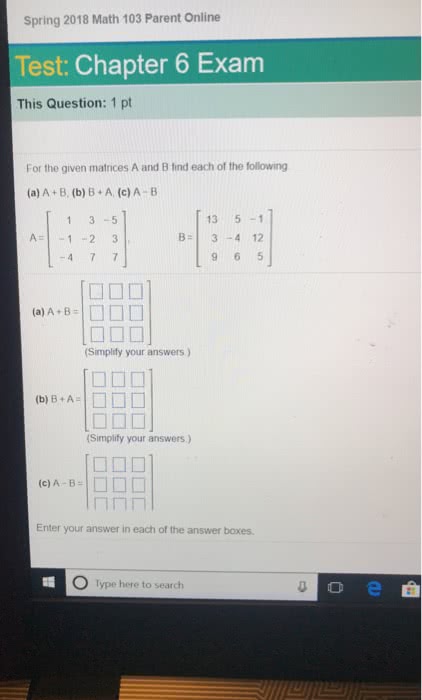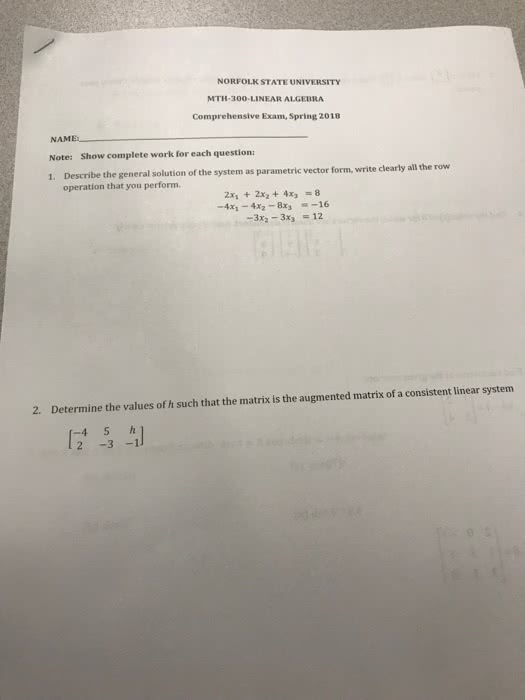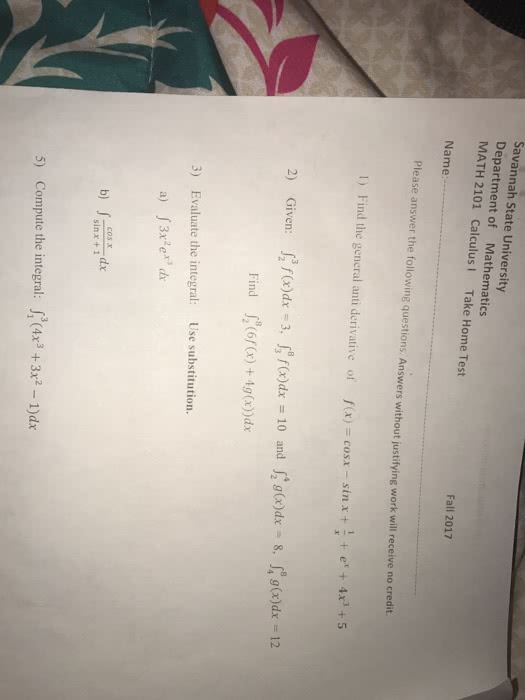MATH 110 Study Guide - Midterm Guide: Implicit Function, Product Rule, Natural Logarithm
Document Summary
Chapter-5: applications of the exponential and natural logarithm functions. The resulting function is called the composition (or composite) of f(x) and g(x) and is denoted by f(g(x)): the chain rule: to differentiate f(g(x)), first, differentiate the outside function f(x) and substitute g(x) for x in the result. Then, multiply by the derivative of the inside function g(x). Symbolically: there is another way to write the chain rule. Given the function y = f(g(x)), set u = g(x) so that y = f(u). Then, y may be regarded either as a function of u or, indirectly through u, as a function of x. Suppose that f(x) and g(x) are differentiable, and let x = a be a number in the domain of f(g(x)). Since every differentiable function is continuous, we have. Now g(a) is a number in the domain of f, and the limit definition of the derivative gives us. Let k = g(a + h) g(a).



